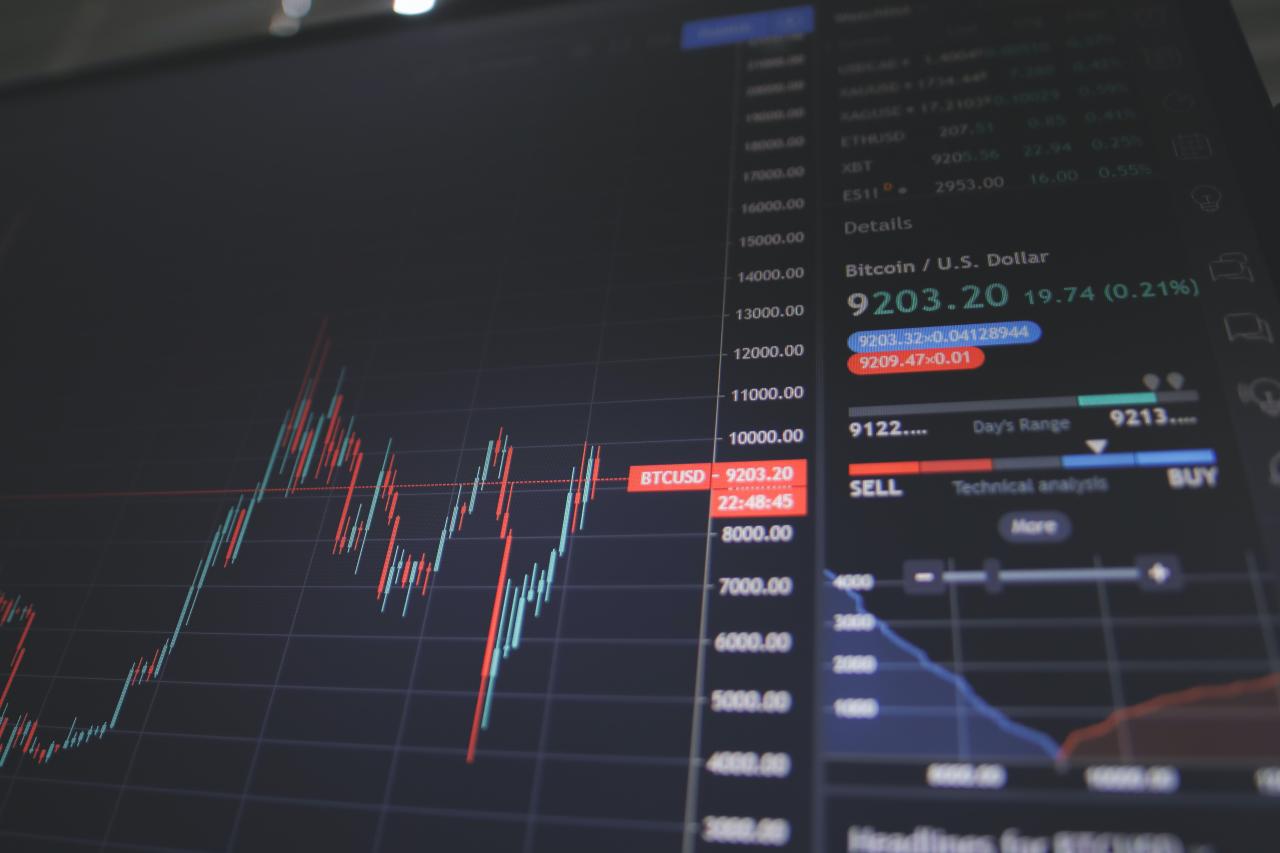Image Source:Unsplash
The stock market is always a reflection of the current economic landscape, and the week ahead promises to be an eventful one. With major tech giants and prominent companies reporting earnings, the release of key economic indicators, and growing volatility in the market, investors are bracing themselves for a rollercoaster ride. In this stock market update, we will take a deep dive into the upcoming events and analyze the potential impact on the global economy.
Big Tech Earnings Take Center Stage
The week ahead will witness earnings reports from tech giants such as Microsoft, Meta Platforms, Amazon, and Google-parent Alphabet. These companies have been at the forefront of driving the stock market higher this year, and their earnings announcements will be closely watched by investors. Additionally, other prominent companies, including Visa, Mastercard, Verizon, Boeing, GE, Ford, General Motors, Spotify, Snap, IBM, Intel, ExxonMobil, and Chevron, will also be reporting their earnings, adding to the market’s overall volatility and uncertainty.
Economic Indicators to Watch
In addition to the corporate earnings, the week ahead will provide crucial economic indicators that will shape investor sentiment. The advance estimate for third-quarter gross domestic product (GDP) will be released on Thursday, giving insights into the overall health of the economy. Alongside GDP, the Personal Consumption Expenditures (PCE) Price Index, the Federal Reserve’s preferred inflation gauge, will be published on Friday. These indicators will provide crucial clues about the state of the economy and potentially impact the stock market.
The Housing Market Updates
Keeping a finger on the pulse of the housing market is essential for investors, as it reflects consumer confidence and spending patterns. The latest updates on the housing market, including new and pending home sales for September, will be released. These figures will shed light on the demand for housing and could have implications for related industries such as construction and real estate.
Volatility and Defensive Assets
The stock market has experienced growing volatility in recent weeks, leading investors to seek out defensive assets. However, traditional safe-haven assets, such as utilities and consumer staples, have been caught up in the market decline, leaving investors with fewer places to hide. The Japanese yen, usually seen as a safe-haven currency, is at its lowest point against the dollar in about a year. Government bonds, considered a safe haven by many, are on track for a third straight annual loss. Investors have turned to assets like the dollar, gold, and short-term debt in search of safety.
A Complex Investing Landscape
Investing in the current environment is no easy task. The stock market is facing multiple challenges, including sticky inflation, potential recession risks, rising bond yields, and geopolitical tensions. The U.S. economy is navigating a narrow channel between these opposing forces, with Federal Reserve policy acting as a headwind to growth. Recent events, such as the UAW strike, revisions to national income and product account data, and a selloff in the stock market, have made it difficult to assess the economic landscape accurately.
Assessing Economic Growth
Despite the complexities, recent data points to strong economic growth in the third quarter. Real GDP growth is projected to exceed 4% annualized, driven by robust consumer spending, strong net exports, and government spending. However, challenges lie ahead, including the resumption of student loan payments, higher mortgage and auto loan rates, and the potential impact of the UAW strike. These factors could dampen growth in the fourth quarter and 2024.
Job Market Strength
The job market has been a bright spot in the economy, with strong gains in non-farm payrolls. The September report showed a significant increase in jobs, surpassing market expectations. The labor market continues to exhibit excess demand, leading to stronger job growth than expected. However, wage gains have remained moderate, despite a perceived need for workers to offset inflation. The tight labor market and job openings data indicate a robust employment landscape.
Profits and Inflation
Profit margins have been under pressure, with wage growth outpacing productivity gains. Despite this, companies have managed to maintain profit margins, thanks to battling decelerating revenue growth and rising costs. Projections for the third quarter indicate relatively unchanged year-over-year profits. Inflation remains a concern, but recent data suggests a benign report for September’s consumer prices. Falling energy prices may also contribute to easing inflationary pressures.
The Fed’s Monetary Policy
Given the uncertainties and the restrictive effect of rising long-term interest rates, the Federal Reserve is expected to delay any final rate hike decisions. The upcoming meeting in November might not result in a rate increase, and even if a rate hike occurs in December, it is likely to be the last for the foreseeable future. The Fed must navigate the delicate balance between tightening policy and avoiding over-tightening in an uncertain environment.
Investing in a Complex Financial Landscape
Despite the uncertainties and challenges, opportunities still exist for long-term investments in equities, fixed income, and alternatives. However, a disciplined approach to diversification and careful valuation analysis is crucial. With a complex financial landscape, investors must remain vigilant and adapt their strategies to navigate the ever-changing market conditions.
In conclusion, the stock market update for the week ahead presents a mixed bag of opportunities and challenges. Earnings reports, economic indicators, and geopolitical events will shape investor sentiment. Navigating this complex landscape requires careful analysis and a disciplined approach. By staying informed and adapting to market conditions, investors can position themselves for success in the ever-evolving stock market.
